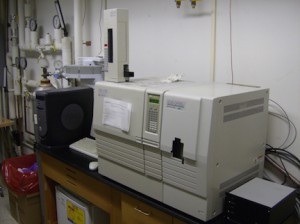


#MASS FINDER CHEMISTRY INTRUMENT OFFLINE#
When offline testing is required, EasySampler automatically removes a reaction sample at pre-selected times and quench/dilutes it under reaction conditions for HPLC or other analyses. When particle size, form, and distribution are crucial, EasyViewer and ParticleTrack particle size analyzers are often used in conjunction with EasyMax. The automated laboratory reactor is a superior technology to support Design of Experiment (DoE) applications and other methods that mathematically relate experimental parameters and performance. EasyMax chemical synthesis reactor, often equipped with calorimetric capability, is used in pharmaceutical and chemical development laboratories to optimize reaction variables, for faster scale-up, for measuring reaction thermodynamics and to ensure process safety. Modern chemical synthesis in both lab and production requires advanced technologies that meet the new requirements of quality, safety, and productivity. This direction of moving away from single point, offline measurement to data-rich, real-time analysis, supports one of the major trends in modern chemical synthesis – Quality by Design (QbD). Offline, manual, wet chemical, and chromatography methods are rapidly giving way to online or inline real-time analysis. In support of these new approaches to performing chemical synthesis, analytical equipment in the chemical synthesis lab has also changed. Classical chemical batch reactions are being replaced by continuous flow reactions that offer better yield, higher quality and safer reactions. The manner in which chemistry is performed is changing, as well. The classic analog tools of chemical synthesis, such as round bottom flasks, heating mantles, cooling baths, stirring devices are rapidly being replaced by precise, digitally controlled synthesis technology such as automated laboratory reactors that result in far more reproducible reaction control. The chemical synthesis lab has undergone significant changes in fairly recent years.


 0 kommentar(er)
0 kommentar(er)
